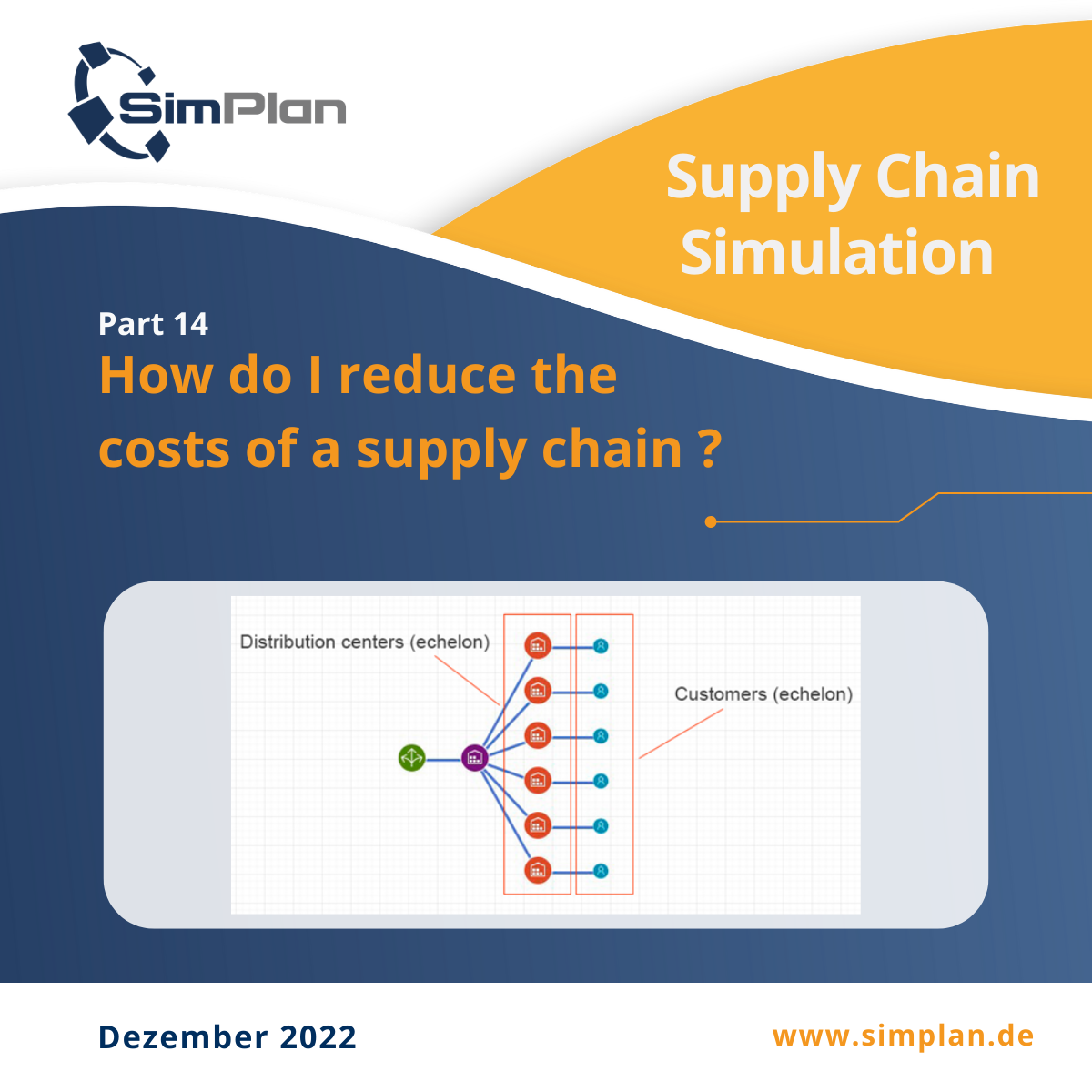How do I reduce the cost of a supply chain?
Supply and demand are not infrequently subject to considerable fluctuations. This makes it necessary to maintain higher inventories in the supply chain in order to satisfy customers. Increasing inventories in the supply chain therefore leads to an improvement in customer service and revenue, but comes at a price.
While traditional inventory optimization appears to be a solution to this problem, it lacks an overall view of the supply chain; it typically only looks at different locations in the supply chain separately, and decisions made in one warehouse limit optimization opportunities for the entire network.
To reduce inventory and associated costs across the supply chain, taking into account the complex interdependencies between locations, supply chain managers use multi-echelon inventory optimization.
What is meant by inventory optimization in single and multi-level supply chain?
Multi-echelon inventory optimization(MEIO, Multi Echelon Inventory Optimization) aims to analyze the different levels of the supply chain (also called echelons) within the entire network, rather than separately. It answers the question of what is more effective – to store inventory at the beginning of the supply chain, near the raw material supplier, or at the end near the end customer. Or is it best to distribute inventory evenly throughout the network?
A stage consists of sites of the same level. For example, there is a distribution echelon consisting of all distribution centers or a supply echelon representing all suppliers in a supply chain.
While inventory optimization for multiple echelons focuses on the inventory of the entire network, inventory optimization for a single echelon helps determine the appropriate inventory level for a single echelon within the supply chain.
Advantages of multi-echelon optimization
- Leave rules of thumb and assumptions behind. MEIO uses powerful analytics to identify the right inventory to meet demand, balance demand fluctuations, and achieve targeted service levels.
- Cost efficiency and better return on investment. MEIO helps companies make better use of their capital and invest in optimal inventories that move faster through the supply chain. The result is higher profits and a better return on investment.
- Better service levels. Without MEIO, companies may have inventory levels that are too high or too low, resulting in inadequate demand fulfillment and excessive costs.
- Management of demand and supply fluctuations. With MEIO, companies can react quickly to sudden changes in market demand or supply.
When optimizing inventories in multiple areas, formulas cannot provide accurate and realistic results. So instead of relying solely on Excel spreadsheets to perform calculations, supply chain managers supplement them with simulation.
Simulation for optimizing inventories across all echelons of the supply chain
While using formulas, managers can determine what the right safety stock or inventory policy might be. But they cannot see or prove whether the application of a formula is appropriate for their network until an inventory strategy is implemented in the real world.
Simulation in anyLogistix software, on the other hand, captures supply chain operations over time, helping analysts examine incremental changes in a system and review inventory levels at any point in time. anyLogistix can dynamically represent the operations within each stage of
- Fluctuating throughput times within and between stages
- Service and inventory level
- Different filling strategies.


